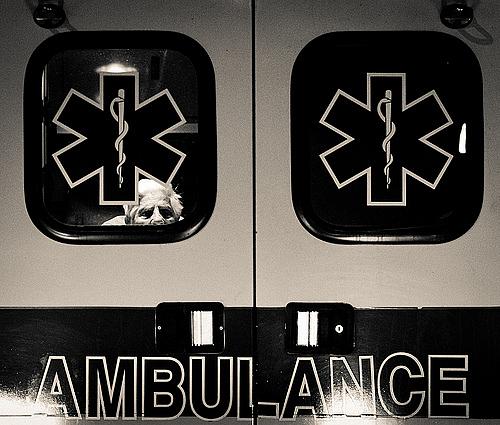Will health care reform starve public hospitals, clinics?

These are nerve-wracking times for directors of California’s public hospitals and clinics. With the Affordable Care Act’s expansion of Medicaid set to go into effect in California in early 2014, safety-net facilities such as Los Angeles’ Roybal Comprehensive Health Center could potentially find themselves losing a considerable share of their patients and revenue.
That might seem exceedingly strange at first — isn’t the Medicaid expansion supposed to increase health coverage and allow more people to seek care? That may be true, but the Medicaid expansion will also mean people who previously couldn’t afford anything other than public health facilities have new options. If newly enrolled Medicaid patients start choosing the Kaiser Permanentes and private practices of the health world instead of the public health hospitals and clinics, then those safety net facilities could lose a big slice of their funding — even while they’re still charged with providing costly care for the remaining uninsured population.
Melissa Stafford Jones, president of the California Association of Public Hospitals and Health Systems, told the 2013 California Endowment Health Journalism Fellows that the state’s public hospital system will have to do more to retain and attract their patients after next year’s Medicaid expansion gives newly enrolled patients more options elsewhere.
“That really is the challenge before public hospitals — they need to earn the right to serve their patients,” she said. “And I think the good news is that this is the right mindset they should have, that they have to earn the right to serve their patients by providing high-quality care, providing access to care patients need, providing it with respect and dignity.”
According to projections, the Affordable Care Act won’t exactly clear the ranks of uninsured overnight: An estimated 3 to 4 million will remain uninsured in the state over the next decade, Jones said. Those patients will still have to go somewhere, and that somewhere is usually public hospitals and clinics. Only now, those public providers could have fewer dollars than ever, if newly enrolled Medicaid patients go elsewhere. While public hospital systems receive funding from a variety of government and private sources, money from Medicaid patients is critical in defraying the cost of providing care to the uninsured.
Dr. Michael Roybal, medical director of the Roybal Comprehensive Health Center, says he’s doing everything he can to ensure his facility remains as desirable as possible to the new and existing Medicaid patients. That means changing old perceptions of places like Roybal as “destinations of last resort.” It also means rethinking how they deliver care:
“We’ve made a lot of changes to try and make sure it’s become much more patient centered and patient friendly,” said Dr. Roybal.
At Roybal, that has meant keeping average patient cycle times (from foot-in-door to foot-out) under one hour, eliminating wasted or missed visits, improving staff demeanor, helping with Medicaid enrollment and other subsidies, making the phone system easier and more friendly to use, and developing teams of doctors and nurses who are assigned to a group of patients and held responsible for their health outcomes.
“It’s up to us to do everything we can to improve access, improve the environment, improve our staff and our ability to interact with patients so that we can retain patients,” Dr. Roybal said.
That still might not be enough to keep the public health system from losing at least some patients to growing providers such as Kaiser, who can wield large marketing budgets while recruiting much-needed primary care physicians with larger salaries. “In many cases, it’s going to be a struggle for us to hold onto patients,” Dr. Roybal said.
But while those competitors may be happy to take on some of the most desirable newly-enrolled Medicaid patients, the public health facilities will still be forced to deliver care to the uninsured, whether they’re undocumented immigrants or poor families who can’t afford even subsidized plans on the state’s new health care exchange. Currently the cost of caring for the uninsured is covered by a combination of government funds, grants and revenues from insured patients.
“If patients leave us, then we’re left with a population that is unfunded and no funding to be able to manage what happens to them and manage their care,” Dr. Roybal said. “It’s just a spiral down.”
It’s impossible to predict how these public hospital systems would pay for the uninsured if the newly insured seek their health care elsewhere. And no one really wants to find out. If public health systems can’t attract enough paying patients and end up mostly treating the uninsured, Jones warned, then “that’s unlikely to be a viable organizational and financial model.”
Image by Guian Bolisay via Flickr

